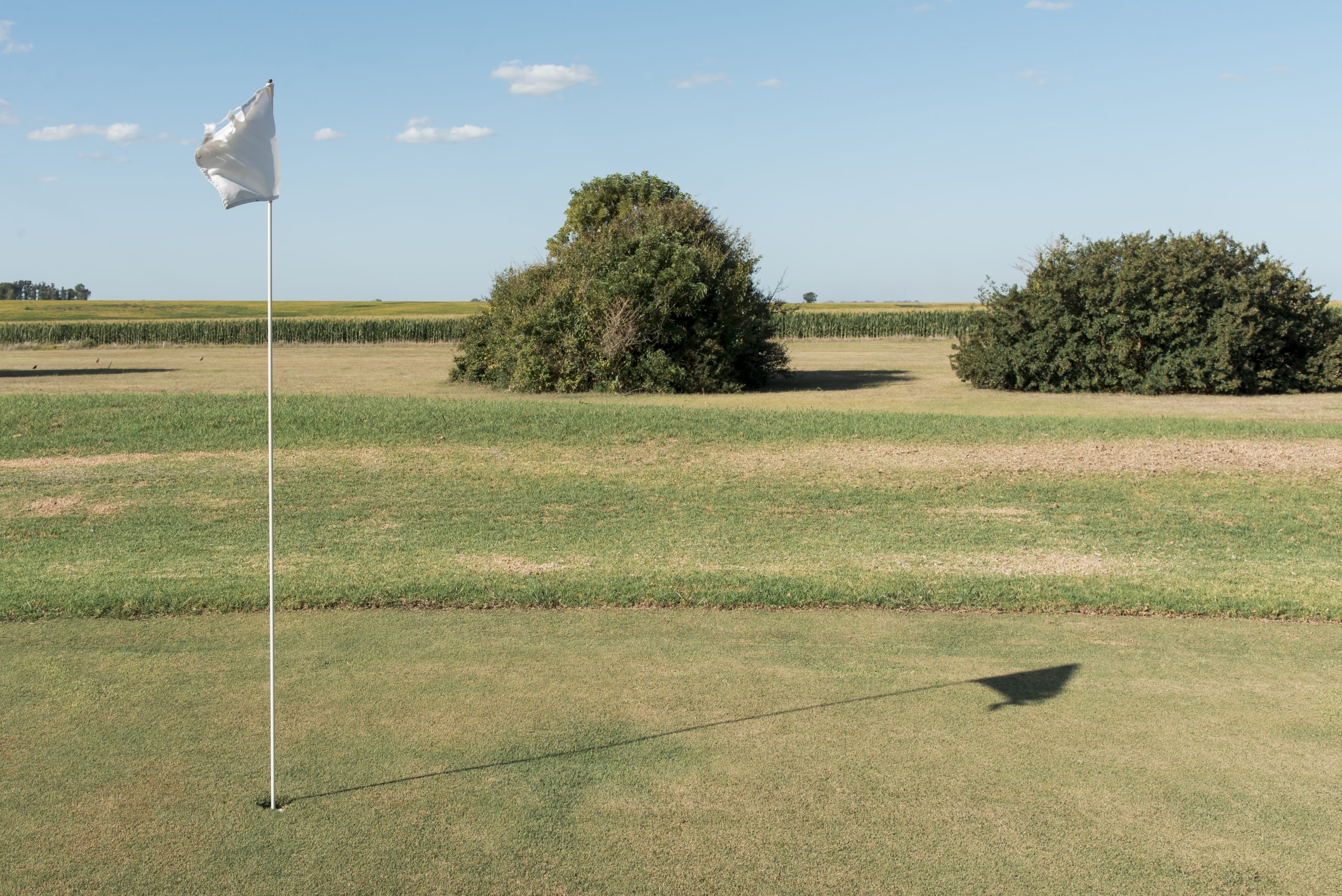Synopsis
Salt-laden winds, shifting dunes and rising seas make coastal layouts among the most demanding commissions in golf architecture. Visionary top golf course architects begin every seaboard brief with wind-rose studies that govern routing, strategy and construction staging. Equally, data-driven golf design companies deploy lidar and tidal-surge models to foresee erosion lines decades ahead. A collaborative golf design architect then specifies salt-tolerant turf, corrosion-proof hardware and low-profile irrigation heads that shrug off sand blast. Long-term resilience, however, relies on proactive partnerships with golf course maintenance firms. that manage surf-spray stress and dune vegetation. When legacy links suffer storm damage, specialist old golf course renovation design firms re-engineer sub-grades, recycle on-site sand and revive strategic randomness lost to sea-wall creep. Finally, an adaptive golf architect overlays sustainability metrics—carbon audit, water budget, biodiversity uplift—ensuring the refreshed masterpiece thrives under stricter environmental codes. Together these disciplines fuse science and artistry, proving that, even where wind howls and brine corrodes, coastal golf can remain a poetic, playable and climate-ready frontier.
Table Of Content
- Reading the Wind: Routing for Strategy and Safety
- Salt, Sand and Turf Science
- Dune Dynamics and Erosion Control
- Water Stewardship beside the Sea
- Maintenance Protocols under Coastal Stress
- Renovating Heritage Seaside Layouts
- Future-Proofing through Climate Modelling
- How NWD Golf Integrates Coast, Culture and Care
Reading the Wind: Routing for Strategy and Safety
Prevailing winds sculpt both landform and shot value. Seasoned top golf course architects commission year-long anemometer surveys before carving corridors through maritime scrub. Fairways are angled so cross-winds force club-choice decisions without turning drives into guesswork. Three-shot holes often play into the breeze, asking golfers to trade distance for trajectory control, while reachable par-fives run downwind, rewarding ambition. To protect neighbouring residences, transparent wind-simulation data shared by leading golf design companies illustrates ball-flight envelopes, guiding safe-setback lines. A pragmatic golf designarchitect then positions mounding as gust buffers behind exposed tees, shaping playability and safety simultaneously
Salt, Sand and Turf Science
Salt burn browns leaf tips and shrivels root hairs unless grass genetics fight back. Collaborative agronomy teams inside golf course maintenance firms trial paspalum, seashore bent and coated Bermuda cultivars under brackish irrigation. Blade cross-sections are sampled for salt concentration and recovery rates, feeding decision matrices refined by veteran golf design companies. Above ground, a forward-thinking golf design architect specifies polymer-lined sprinkler risers that resist corrosion while keeping spray arcs low to reduce salt mist. Where carts exit greens, crushed-shell paths replace steel-edged turf, minimising rust points and echoing coastal aesthetic.
Dune Dynamics and Erosion Control
Coastal dunes march inland or wash away unless stabilised conscientiously. Engineers within golf design companies map blow-out hollows, then design sand-saver fences from locally sourced timber staves. Marram-grass plugs are hydro-mulched on windward slopes to anchor grains with rhizome nets. Adaptive top golf course architects carve sandy waste areas into natural swales, letting aeolian movement renew hazard edges without mechanical grooming. Where storm surge threatens, buried geo-cell mattresses break wave energy yet preserve dune silhouette—an approach applauded by environmental regulators and golf course maintenance firms alike.
Water Stewardship beside the Sea
Potable water scarcity intensifies on coasts where intrusion elevates salinity. A conservation-minded golf architect harvests clubhouse roof runoff into lined lagoons shielded from saline seepage. Variable-frequency pumps distribute reclaimed water according to evapotranspiration maps generated by AI tools adopted by cutting-edge golf design companies. Low-precipitation nozzles reduce mist drift, keeping brine off playing surfaces. Subsurface drip lines, installed under fairway shoulders, further trim consumption while maintaining firm seaside bounce.
Maintenance Protocols under Coastal Stress
Sea breezes deposit salt crystals nightly, demanding vigilant wash-down routines. Proactive golf course maintenance firms schedule dawn syringe cycles using reverse-osmosis filters that flush foliage without raising soil EC. Greens mowers are ceramic-coated to resist corrosion, and every bunker rake is fitted with replaceable composite tines. Data dashboards record sodium levels, enabling tweaks to gypsum applications that prevent soil sealing. Close feedback to the lead golf design architect ensures playable speeds remain within design intent, despite searing UV and abrasive wind.
Renovating Heritage Seaside Layouts
Ageing links often lose strategic edge when seawalls extend or vegetation transforms wind corridors. Specialist old golf course renovation design firms begin by overlaying century-old yardage books onto modern lidar, revealing buried rumples once integral to ground-game tactics. Selective sand mining re-exposes micro-dunes, and new tee decks restore down-breeze angles eroded by yardage creep. Revetted bunkers are rebuilt using recycled turf bricks, honouring tradition while improving drainage. The synergy of preservation and innovation proves coastal heritage can meet contemporary resilience standards.
Future-Proofing through Climate Modelling
Sea-level projections and storm-surge maps now rank alongside yardage books in an architect’s brief. Next-gen golf design companies feed IPCC scenarios into GIS platforms, allowing top golf course architects to draft retreat corridors for shoreline holes. Bulkheads are designed with sacrificial caps, so panels can be raised without changing tie-back locations. Agronomic trials explore halophyte rough blends that thrive even if groundwater salinity climbs. Such anticipatory design reduces future capital shock and demonstrates that sustainability extends beyond water savings to existential site security.
How NWD Golf Integrates Coast, Culture and Care
NWD Golf builds every seaside brief around three pillars: wind strategy, salt resilience and habitat enrichment. Cross-functional teams—planners, ecologists, shapers—work in a single studio ecosystem, collapsing feedback loops typical of siloed models. By uniting golf course maintenance firms during concept stage, the studio confirms day-to-day practicality before the first dozer blade. Each contour, bunker edge and irrigation grid emerges from iterative reviews that weigh strategic brilliance against environmental stewardship.
Service Continuum for Coastal Mastery
Feasibility audits benchmark tidal risk; site analysis maps dune migration; schematic layouts align holes with wind roses; design development embeds salt-resistant detailing; construction supervision validates liner seams and revetment heights; renovation services revisit contours as climate models evolve. This cradle-to-legacy framework, refined by NWD Golf, ensures coastal courses stay playable, beautiful and resilient long after ribbon-cutting.
How do top golf course architects mitigate coastal wind extremes without tree corridors?
Architects study wind roses and align holes so dominant breezes run diagonally, offering risk-reward angles rather than direct headwinds. They use low dunes, grass hollows and bunker lips to buffer gusts at ground level while preserving open vistas. This approach balances strategic challenge with playable shot patterns in consistent wind.
Why are golf design companies crucial for salt-resilient irrigation systems?
Design companies employ hydrologists to test groundwater salinity and specify reverse-osmosis treatment or brackish-tolerant piping. They map variable-rate zones that prioritise greens and approaches, ensuring limited potable water is used efficiently while safeguarding turf health against salt stress.
What maintenance practices keep bunker sand playable in salty, windy climates?
Maintenance teams select angular, heavier sand that resists wind blow-off and drains quickly after storm surges. Daily raking patterns run perpendicular to prevailing winds, reducing ripple formation. Periodic gypsum applications flush accumulated sodium, preserving sand texture and colour integrity.
How do old golf course renovation design firms revive strategic features lost to sea-level defences?
Renovation specialists lower revetment footprints where feasible, re-grade fore dunes and restage tee decks to restore diagonal carries removed by earlier seawalls. They recycle on-site sand to rebuild natural rumples, reviving ground-game options without importing foreign fill.
What role does a golf architect play in biodiversity uplift on coastal sites?
The architect allocates out-of-play zones for native dune flora, designs brackish wetlands that host migratory birds and positions boardwalks above sensitive vegetation. These measures enhance ecological connectivity while delivering aesthetic framing and educational value for players and visitors alike.
Pierfrancesco De Simone is a European Institute-accredited golf architect and engineer known for seamlessly merging ecology with modern strategy. With projects across Europe and Africa, he specialises in water-wise routing and habitat-rich design. At NWD Golf, Pierfrancesco advances sustainable innovation, ensuring every feature—from bunkers to waterways—respects land heritage while inspiring contemporary play.
- Pierfrancesco De Simonehttps://nwdgolf.com/blogs/author/pierfrancesco-de-simone/
- Pierfrancesco De Simonehttps://nwdgolf.com/blogs/author/pierfrancesco-de-simone/
- Pierfrancesco De Simonehttps://nwdgolf.com/blogs/author/pierfrancesco-de-simone/
- Pierfrancesco De Simonehttps://nwdgolf.com/blogs/author/pierfrancesco-de-simone/


